-
TrackoBit
Manage commercial vehicles with the new-age Fleet Management Software
TrackoBit -
TrackoField
Streamline your scattered workforce with Field Force Management Software
TrackoField -
Features Resources
-
Blog
Carefully curated articles to update you on industrial trends. -
White Paper
Insightful papers and analysis on essential subject matters. -
Glossary
Explore an alphabetical list of relevant industry terms. -
What’s New
Get TrackoBit & TrackoField monthly updates here. -
Case Study
Explore the cases we solved with our diverse solutions. -
Comparisons
Compare platforms, features, and pricing to find your best fit.
-
About Us
Get to know TrackoBit: our team, ethos, values, and vision. -
Careers
Join the most dynamic cult of coders, creatives and changemakers. -
Tech Support
Learn about our technical support team and services in detail. -
Events
Check out the exhibitions where we left our marks and conquered. -
Contact Us
Connect with us and let us know how we can be of service.
Last-Mile Delivery: Balancing Customer Satisfaction and Cost
- Author:Tithi Agarwal
- Read Time:7 min
- Published:
- Last Update: December 16, 2025
Table of Contents
Toggle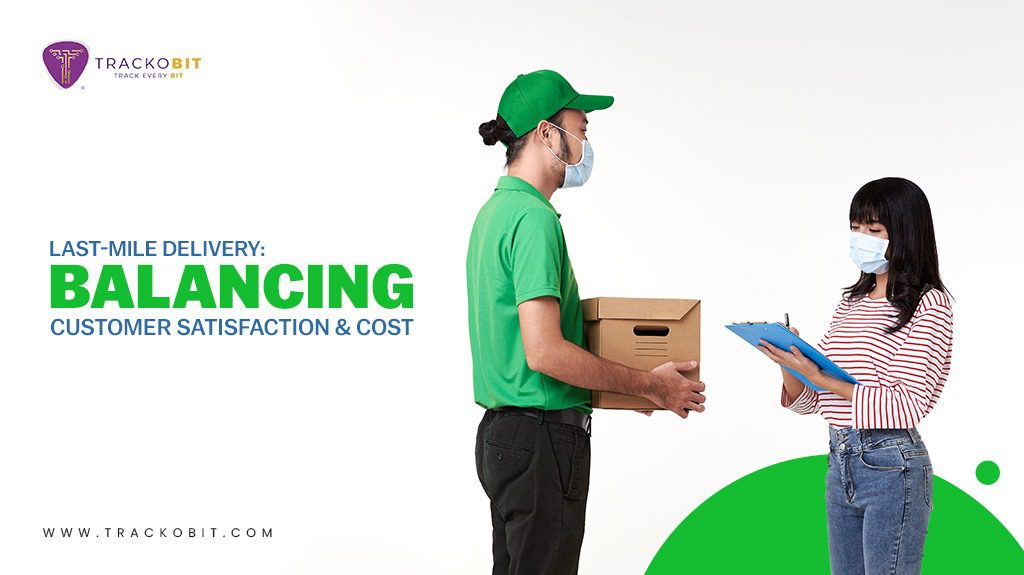
Adopting last-mile delivery software is a viable solution to prevent losing out on your customers and sacrificing revenues due to incompetent last-mile operations.
Table of Contents
Toggle
The last-mile delivery market is up for a change because of the surging e-commerce market and digitalization. In cases of peak season or sales, parcel volume grows by folds. As a result, logistics companies struggle to strike a balance between delivering more for less. The customers are paying in exchange for some value. They primarily focus on shopping from retailers and brands that can deliver on their promise of express deliveries. This is causing many logistics companies to compete against giants like Amazon, which offers free and even one-day delivery to its subscribers. All this has permanently altered customer satisfaction.
Importance of Last-Mile Delivery In Logistics
The importance of last-mile delivery cannot be ignored, for it is the bridge connecting brands with their customers. Through its the last leg of the logistics companies, it significantly impacts the customer experience. However, it’s the final step and the most riddled with its section of last-mile problems. Retailers focus on two main problems through which other challenges stem: customer satisfaction and cost control. 55% of retailers are focusing on reducing the cost of delivery over the next five years, and increasing customer satisfaction (53%) is their top priority.
Read Blog – How to Streamline Delivery Management in 2023?
The Paradox: Customer Satisfaction and Cost
We call delivering on customer expectations while maintaining the valuation of last-mile delivery a paradox because the customers want express and cheap delivery. In contrast, last-mile delivery is the most expensive and time-consuming logistics process. Certain factors clash and prevent businesses from achieving harmony between the both.
Factors Affecting Customer Satisfaction
Both first and middle-mile delivery are backend and do not deal with customers. But the last-mile delivery system is your front face that engages with the customers. If you take last-mile delivery out of the picture, customers must pick up their orders directly from the stores or distribution center. The customers are paying not only for the products but also for transportation. What the customers are expecting is end-to-end visibility of their orders. Therefore, providing real-time updates becomes essential for retaining them. To create a great customer experience, logistics companies cannot compromise on the smoothness of the delivery by sharing accurate ETA and promising on-time delivery. Furthermore, they primarily want express and free delivery, which is difficult to provide without retailers pumping in more money in logistics. This is where they need to strike a balance between customer satisfaction and cost—providing customers with what they want without having to compromise on their experience.
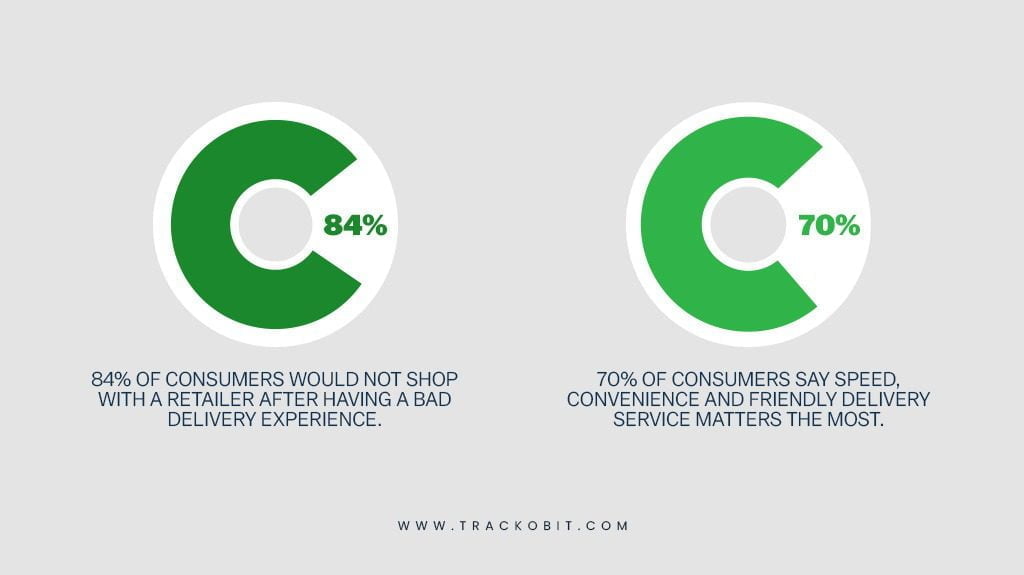
Factors That Drive Up The Cost of Last-Mile Delivery
Each mistake in the last mile can be very expensive. Without proper planning and execution, costs add up quickly. Last-mile delivery constitutes a large part of the company’s shipping costs; this is when there is no hiccup. This final leg of delivery accounts for 53% of the total shipping cost and 41% of the total supply chain.
Failed Deliveries
Logistics businesses that deliver goods to end consumers must deal with failed deliveries daily. These failed deliveries can be very expensive for companies as they must reattempt delivery. There are various reasons for this, such as:
- The customer was not at home.
- The driver missed the delivery window.
- The customer was not expecting a delivery.
- The business has the wrong address.
A single failed last-mile delivery on an average costs $17.78.
Fuel Costs
Last-mile delivery has to be planned in a manner so that multiple drop points can be incorporated. For example, some deliveries might be scheduled for a rural area, meaning the distance between the drop points might be more. Even in urban areas dropping off packages is not easier. This is because shorter distances can mean congested roads and a lack of parking points.
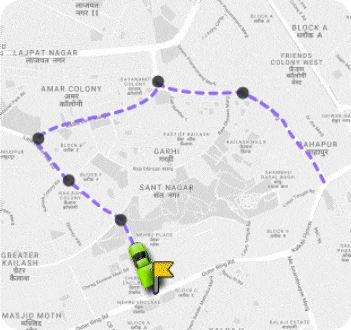
Last Mile Delivery Software
Have everything done within seconds: order sorting, route optimisation, and dispatch planning.
Don’t believe us?
Idling
Idling is prevalent with field agents when driving and dropping off orders. Delivery agents must deal with diverse vehicles, numerous traffic lights, and new addresses daily. In addition, idling increases fuel consumption which can add up to cost quickly.
Out of Route
If an optimized route is not assigned, the drivers might choose routes they know best. Unfortunately, it might not be the most efficient path and may result in high fuel and labor costs.
Labor and Operation Costs
Whether retailers rely on their manual dispatching method, drivers, or vehicles or hire external carriers, fleets, and manpower will add to the delivery costs.
Bring Balance to Operation with Last-Mile Delivery Technology
Last-mile delivery software is one way you can gain a balance between customer satisfaction and the costs of the operation. The software is the perfect way for logistics businesses to optimize their last-mile delivery. Since its solutions bring transparency into the operation, it becomes possible for managers to automate the operation in a manner that makes it possible for deliveries to be on time and cost-effective.
Not a Kilometer Extra with Route Optimization
Route optimization is essential for achieving customer satisfaction and cost optimization. A route optimization and management solution will suggest an optimized route after considering many factors, such as road conditions and traffic, and distance, to name a few. This way, the company will be able to reduce fuel consumption, and riders will be able to deliver orders on time. Additionally, managers will receive alerts whenever a rider deviates from the assigned path.
Make The Operation Cost Effective Through Dynamic Dispatcher
Staff managers can now maximize the utilization of available resources like workforce and vehicles through the dynamic dispatch feature. In addition, it allows the companies to dispatch orders smoothly and without delay.
Gain Live Updates
Through the software, managers can monitor the on-ground activities of the riders and know the exact location. This helps to bring visibility into the last-mile delivery operation. In addition, this helps to eliminate the chances of time theft and idling.
Ensure Customer Satisfaction By Sharing Accurate ETAs and ePOD
The software even allows customers to track their orders in real time. As a result, managers can communicate accurate ETA with the consumers, which is essential for customer satisfaction. Also, it even reduces the chances of failed deliveries which is cost-ineffective. ePOD is an essential feature of last-mile delivery, for it communicates the end of the process. With ePOD, it becomes convenient for riders and customers to share POD over call. In addition, the software offers automatic OTP, eSignature, and barcode scanning.
Dice Metrics Through Analytical Reports
The last-mile delivery system provides managers with real-time automated reports containing an accurate detail of every operation step. This helps to determine areas of improvement as well as prevent activities that could be cost-consuming or cause customer dissatisfaction.
Automate Shift Management with Rider Roster
Rider roster management is another way managers can flawlessly manage their riders without wasting any time. This feature allows staff managers to track available vehicles and riders and their shifts. Not only this but managers can automate the scheduling of morning and night shifts.
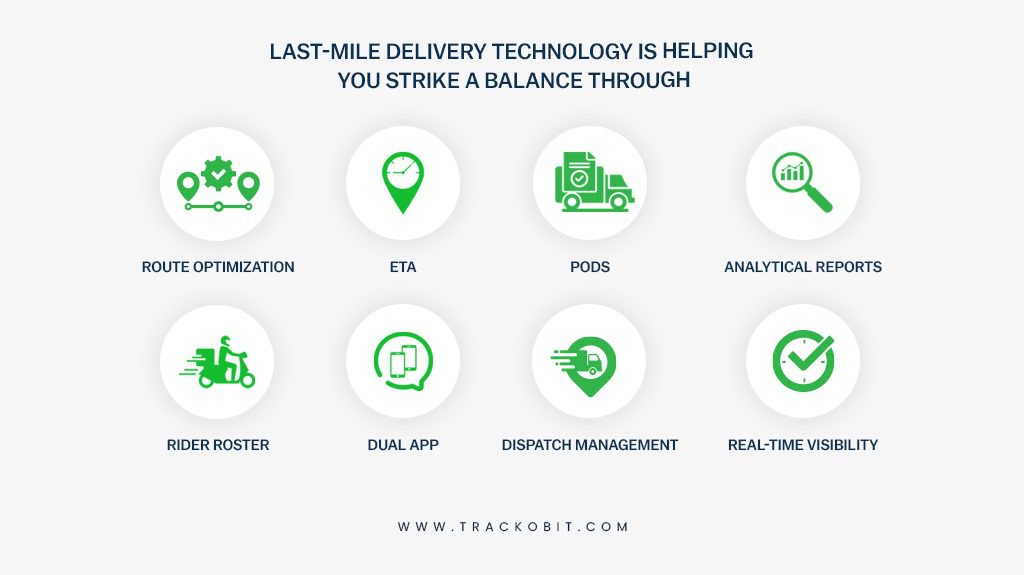
Boost Efficiency Through Dual Apps
The vagueness of the operation can affect the cost and customer satisfaction negatively. To avoid this from happening, last-mile software offers dual apps for riders and staff managers. The staff manager app consists of features that allow them to schedule deliveries, track employees and attendance, etc. Whereas the rider apps consist of features allowing them to make their deliveries as smoothly as possible. It would give them the required details and documents to deliver on time. This will prevent them from getting lost or undertaking long routes.
Strike a Balance Between Customer Satisfaction and Cost with TrackoMile
We know a paradox exists between achieving cost optimization and customer satisfaction regarding last-mile delivery. But for logistics companies to scale and thrive, they need to strike a balance between the both. It is only possible by integrating solutions like route optimization and dynamic dispatch of last-mile delivery software. TrackoMile is a last-mile delivery software that will help logistics companies deliver to the customer’s experience without having to pump in big bucks.
Tithi Agarwal is an established content marketing specialist with years of experience in Telematics and the SaaS domain. With a strong background in literature and industrial expertise in technical wr... Read More
Related Blogs
-
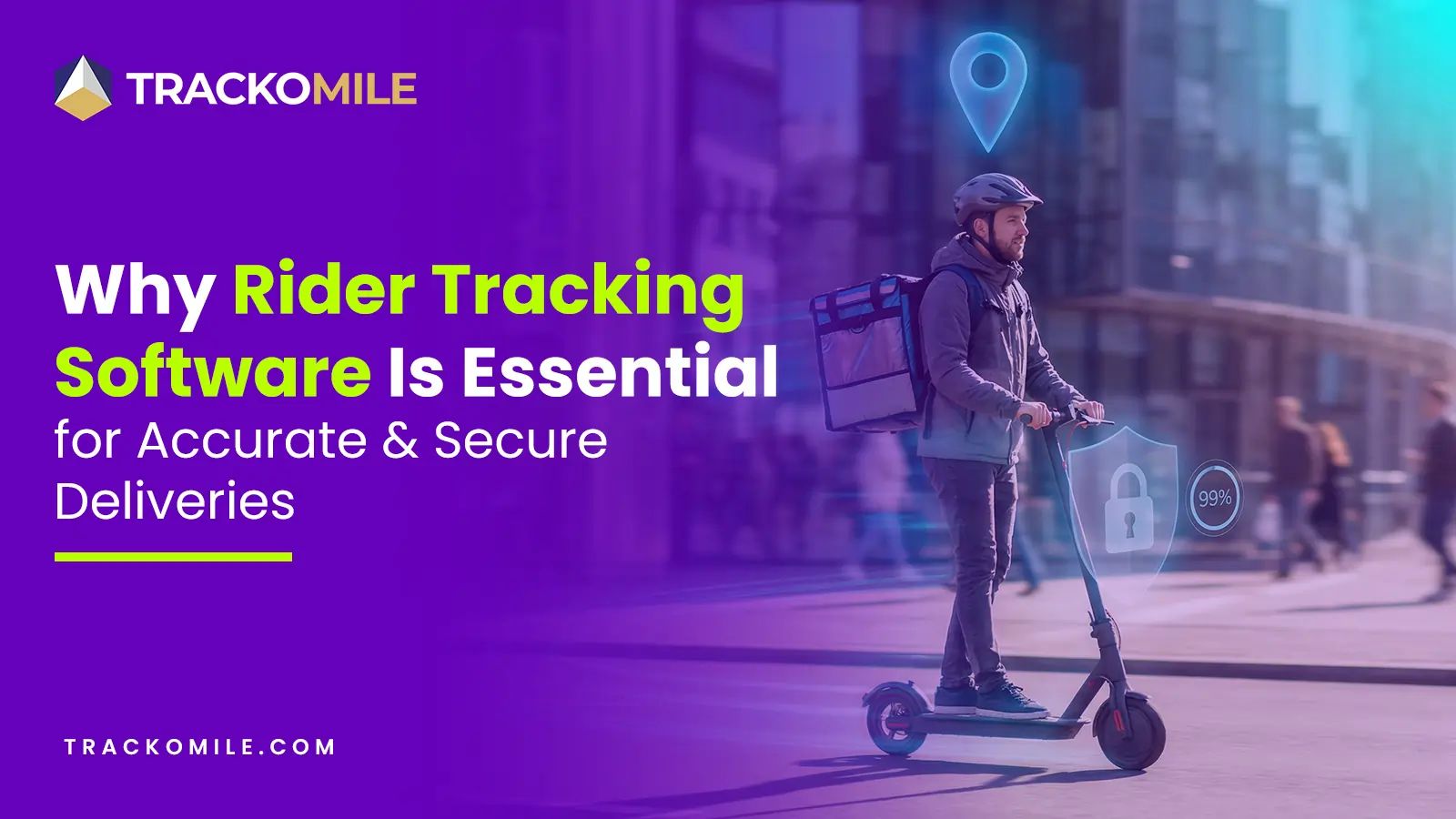
How Rider Tracking Software Improves Delivery Accuracy and Reduces Fraud
Tithi Agarwal December 8, 2025Rider tracking software improves delivery accuracy with real-time GPS visibility and automated ePOD. It also enables route optimisation and fraud…
-
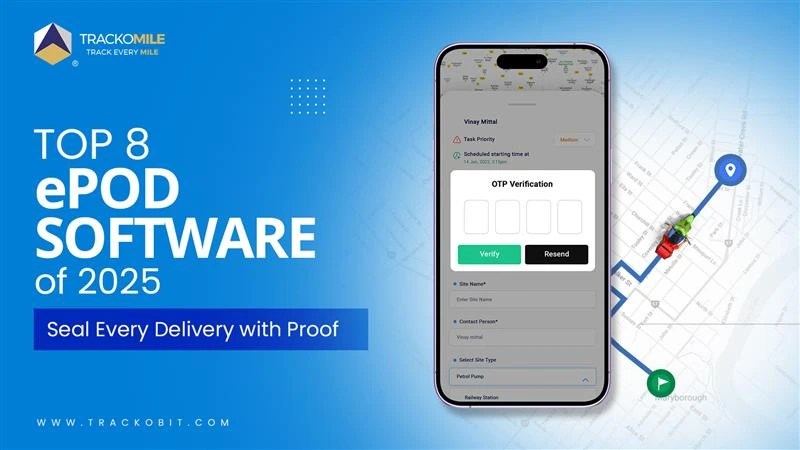
Top Electronic Proof of Delivery (ePOD) Software in 2026
Tithi Agarwal September 25, 2025Electronic proof of delivery has become the backbone of modern logistics. Explore the top 8 ePOD software in 2026 and…
-
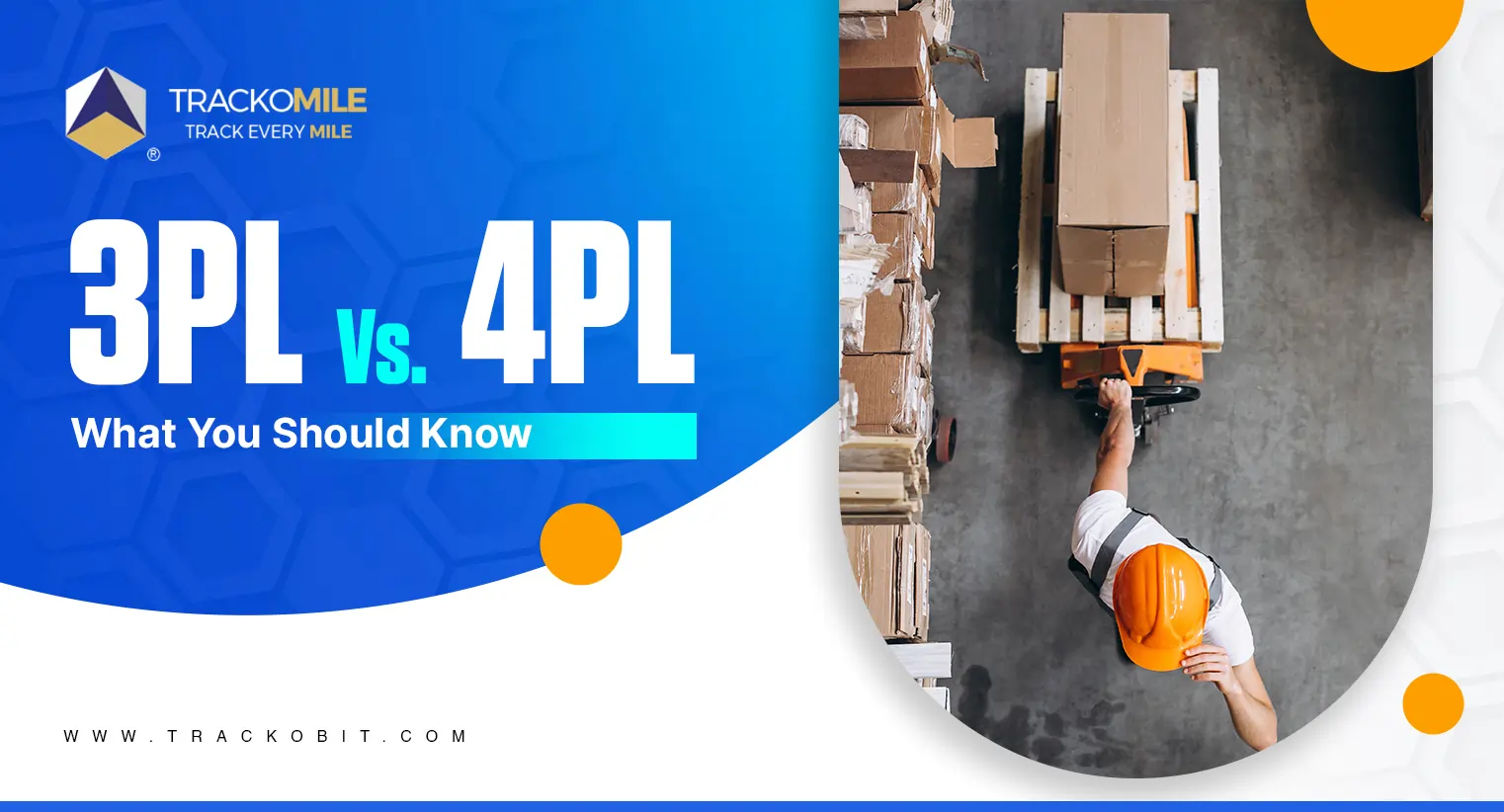
3PL vs. 4PL: Which is Best for Your Business?
Tithi Agarwal September 25, 2024Confused about choosing between 3PL and 4PL for your retail supply chain? Read this blog to find out which is…
-
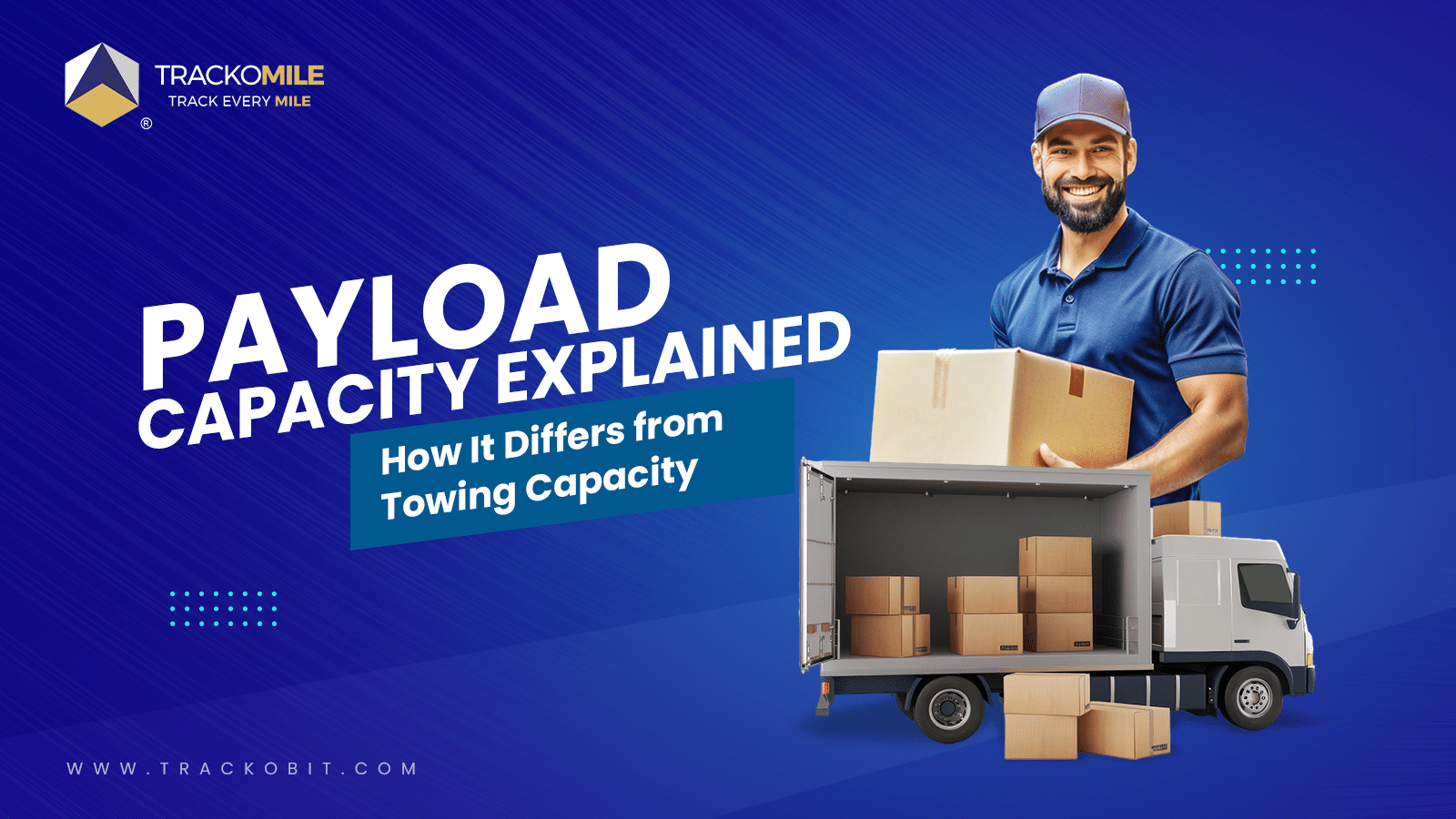
What is Payload Capacity? Payload Capacity Vs. Towing Capacity
Tithi Agarwal September 10, 2024Payload capacity is the total weight a vehicle can safely carry, and it is crucial for safety and compliance. Exceeding…

Subscribe for weekly tips to supercharge your last-mile delivery.
Your inbox awaits a welcome email. Stay tuned for the latest blog updates & expert insights.
"While you're here, dive into some more reads or grab quick bites from our social platforms!"Stay Updated on tech, telematics and mobility. Don't miss out on the latest in the industry.
We use cookies to enhance and personalize your browsing experience. By continuing to use our website, you agree to our Privacy Policy.


































